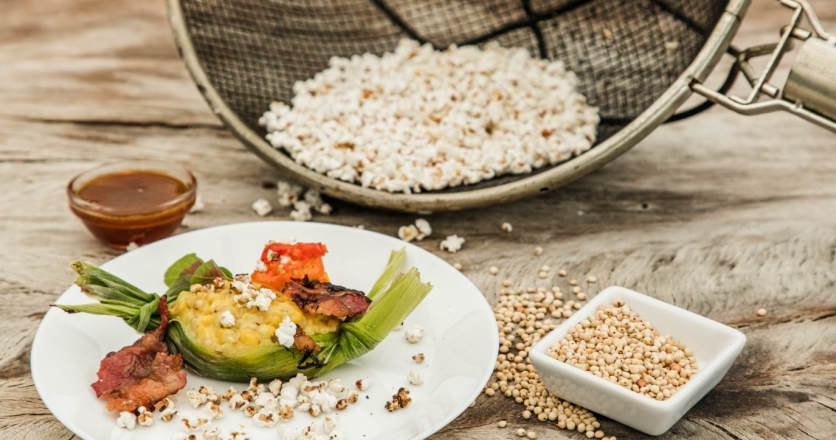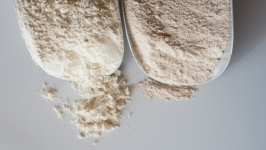Sorghum: Modern Uses for an Ancient Grain
Ever heard of sorghum? For some, especially here in the South, it’s a culinary staple, while for others, it’s akin to a foreign concept. So what is it, exactly? And why is it something we should care about in Northeast Florida?
According to "Sorghum’s Savor", a book by Ronni Lundy published in 2015 by the University Press of Florida, “sorghum is no secret to southern home kitchens,” according to Lundy. “While sorghum is an Old-World grass that resembles corn and is cultivated and used as a grain in most of the world, the cane varieties were cultivated, processed and used as syrup only in North America, particularly in the South where it has been a staple in baked goods, confections, glazes and dressings since before the Civil War.”
Sorghum originated in Egypt. It’s identified as an “ancient grain,” or one that has remained largely unchanged since first harvested centuries ago, and is considered versatile in the kitchen. It has a mild flavor, with a trace of nutty sweetness and a slight earthy undertone to it.
The little grain sorghum that is grown in Florida comes from the Panhandle, because “it’s just too humid and hot here,” says Prissy Fletcher, a University of Florida Institute of Agricultural Sciences (UF/IFAS) agent specializing in commercial agriculture in and around St. Johns County. “The ‘sorghum belt’ is out in Kansas and Texas where the climate is more ideal.”
Fletcher’s colleague, Paul Sarnoski, an associate professor in the UF/IFAS food science and human nutrition department, notes that sorghum is “a grass similar to wheat and thus used in similar applications, although it is not commonly used to make leavened products, probably because it does not contain gluten which is important for trapping air when leavening (rise) is occurring.” Products that can be made with grain sorghum include flour, flatbreads, couscous, tortillas and beer.
Since it does not contain gluten, grain sorghum is now frequently used in gluten-free food products or as an alternative grain in itself, similar to rice, quinoa and corn (it can even be popped like popcorn). It can be found everywhere from health food and gourmet stores to Amazon.
"There are many reasons to use sorghum but personally I use it because it's deliciously versatile," says Chef Matthew Brown of Leña and Urban Asado. "It can be used as a gluten-free flour, a healthier version of corn syrup and a more protein rich replacement for rice. It's also my kids' favorite 'micro popcorn'."
Sorghum cane, or sweet sorghum, is usually grown out west, predominantly in the southern Great Plains states. Sarnoski says this is a different variety than the kind used as a grain. “The sweet sorghum variety has more sugar and less starch and thus has more use as a sweetener, usually in the form of a syrup,” he says.
Sweet sorghum is traditionally made into a molasses-like (albeit a bit thinner) syrup, which can be used to sweeten beverages and baked goods. This syrup is traditionally found in the South, where it’s been made since the 1850s. Like its grainy sister, products made from sweet sorghum, mainly syrups and molasses, can be found in a variety of places.
The main use for the versatile plant in Northeast Florida is as a cover crop, grown in between cash crops to increase soil health and decrease soil erosion. “Locally, what we plant is a sorghum hybrid used as a cover crop, not as an edible commodity (unless you’re a grazing animal),” says Fletcher. Sorghum-sudangrass hybrids can be used to build and renew soil; suppress weeds, roundworms and other pests; and to aerate and loosen subsoil.














